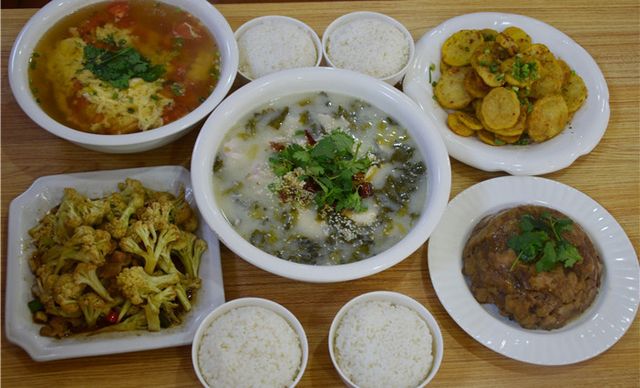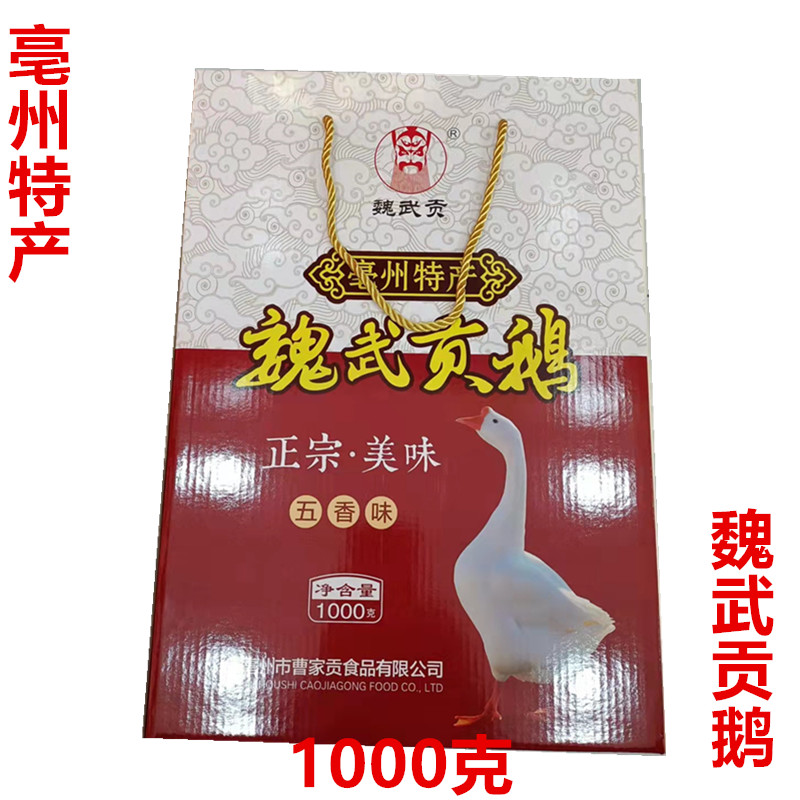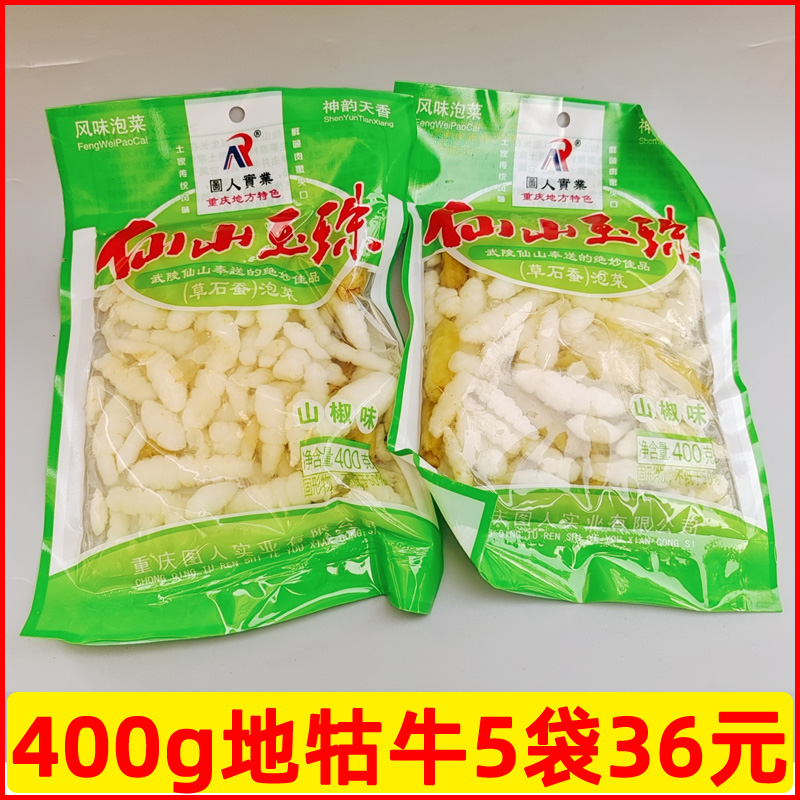一、介绍自己家乡的演讲稿,英语,关于厦门的风土人情,饮食文化,200字~400字。
Xiamen is a well-known tourist port city in the Southeast coast of China. It is one of the Cleanest Cities of China, the Garden Cities of China, the National Environmental Protection Model Cities, and the best sightseeing cities in China. Not only being wealthy with travel resources, Xiamen has also temperate weather, fast and convenient transport and communication, and complete travel establishments. All makes Xiamen one of the most suitable cities for investors and tourists in China.
Xiamen was founded in 1394 at the beginning of the Ming dynasty as a center of defense against coastal pirates. Its prosperity was due to its deepwater sheltered harbor, that supplanted nearby Quanzhou, the port that had been the center of the maritime trade with the Indies.
Fujian cuisine, also called Min Cai for short, holds an important position in China's culinary art. Fujian's economy and culture began flourishing after the Southern Song Dynasty (1127-1279). During the middle Qing Dynasty around 18th century, famous Fujian officials and literati promoted the Fujian cuisine so it gradually spread to other parts of China. Fujian cuisine comprises three branches -- Fuzhou, South Fujian and West Fujian. There are slight differences among them. Fuzhou dishes, quite popular in eastern, central and northern Fujian Province, are more fresh, delicious, and less salty, sweet, and sour; South Fujian dishes, popular in Xiamen, Quanzhou, Zhangzhou and the golden triangle of South Fujian, are sweet and hot and use hot sauces, custard, and orange juice as flavorings; West Fujian dishes are salty and hot, prevailing in Hakka region with strong local flavor. As Fujian people emigrate overseas, their cuisine become popular in Taiwan and abroad. Generally speaking, Fujian dishes are slightly sweet and sour, and less salty, and often use the red distiller's grain for flavoring. Fujian cuisine is characterized by the following four aspects: (1)Ingredients of seafood and mountain delicacies: Fujian cuisine emphasizes seafood and mountain delicacies. Fujian Province has a favorable geographical location with mountains in its north and sea to its south. Many mountain delicacies such as mushroom, bamboo shoots and tremella are often found here. The coastal area produces 167 varieties of fish and 90 kinds of turtles and shellfish. It also produces edible bird's nest, cuttlefish, and sturgeon. These special products are all used in Fujian cuisine. The local people are good at cooking seafood, featuring in methods of stewing, boiling, braising, quick-boiling, and steaming, etc. (2) Fine slicing techniques: Fujian cuisine stresses on fine slicing techniques so much that it is reputed as sliced ingredients are as thin as paper and shredded as slim as hairs. Everything sliced serves its original aroma. Fine slicing techniques may better show the aroma and texture of food. Cutting is important in Fujian cuisine. Most dishes are made of seafood, and if the seafood is not cut well, the dishes will fail to have their true flavor. (3) Various soup and broth: The most characteristic aspect of Fujian cuisine is that its dishes are served in soup. (4) Exquisite culinary art: Fujian dishes are tasty because of their emphasis on a series of delicate procession: selecting ingredients, mixing flavors, timing the cooking and controlling the heat. When a dish is less salty, it tastes more delicious. Sweetness makes a dish tastier, while sourness helps remove the seafood smell. Typical dishes are Buddha-jumping-over-the-wall, flaked spiral shell lightly pickled in rice liquor, litchi fish, and mussels quick-boiled in chicken broth, of which Buddha-jumping-over-the-wall is the most famous; the name implies the dish is so delicious that even the Buddha would jump over a wall to have a taste once he smelled it. A mixture of seafood, chicken, duck, and pork is put into a rice-wine jar and simmered over a low fire. Sea mussel quick-boiled in chicken soup is another Fujian delicacy.
(以上摘选自,用英语介绍厦门)
二、介绍厦门英语作文
Xiamen is a major city on the southeast coast of the People's Republic of China. It is administered as a sub-provincial city of Fujian province .
The local vernacular is Amoy, a dialect of Southern Min, also called Hokkien. Amoy is widely used and understood across the southern region of Fujian province as well as overseas. While it is widely spoken in and around Xiamen, the Amoy dialect has no official status, and the official language of all government business is Mandarin.
Xiamen and its surrounding countryside is known for its scenery and tree-lined beaches. Gulangyu, also known as Piano Island, is a popular weekend getaway with views of the city and features many Victorian-era style European edifices.Xiamen's Botanical Garden is a nature lover's paradise. The Buddhist Nanputuo Temple, dating back to the Tang Dynasty, is a national treasure. Xiamen is also famous for its history as a frontline in the Chinese Civil War with Taiwan over Jinmen (also known as Jinmen or Quemoy) 50 years ago. One attraction for tourists is to view Kinmen, a group of islands a few kilometres away and under Taiwanese control, from Xiamen island.
三、【加急!急!急!急!】跪求关于闽南特色菜英语短作文~~~~~~~~~~~~
我到厦门,厦门人特别向我推荐“土笋冻”,把它列为厦门第一风味小吃。我到泉州、漳州,泉州人和漳州人虽没有把“土笋冻”列为第一小吃向我推荐,却也名列当地著名小吃的前茅。而且,这三地的人士,在向我介绍“土笋冻”时都应了“谁不说咱家乡好”这句话,把本地做的“土笋冻”说成是闽南第一,别地的只能屈居第二,倒叫我一时无所适从了。
“土笋冻”是个什么东西,竟让闽南人如此酷爱?最初,顾名思义,我以为,既有“土”字又有“笋”字,"土笋冻"必是用山上长的什么植物做的。后来方知大谬。这“土笋”原是野生于沿海江河入海处咸淡水交汇的滩涂上,学名叫做“星虫”的一种环节软体动物。其外形粗陋,颜色黑褐,粗者如食指,细者似稻茎,约有拇指长短,还拖着一条长有一二寸,细如火柴梗、伸缩自如的“尾巴”。“土笋冻”就是用这东西做成。
翻印:I to xiamen, xiamen particularly recommended me "soil bamboo shoots, to declare it frozen" xiamen first delicacies. I to quanzhou and zhangzhou, quanzhou and zhangzhou people though no "soil bamboo shoots aspic" as the first snacks, but also recommended to me was the leading local snacks). Moreover, the native people, in introduced to me "soil freezing" bamboo should be a "who say the za hometown good" this sentence, the local do "soil bamboo shoots aspic" said to be the first, don't minnan region, but that only came second my tongue swimming.
"Soil bamboo shoots aspic" is what things, unexpectedly let minnan people so fond of? Initially, just as its name implies, I thought, both "soil" word have again "bamboo" word, "soil with bamboo shoots jelly" is what plants do mountain long. Then you'll know big ?
四、厦门美食:沙茶面,土笋冻,鱼丸,肉粽的英文介绍
noodle with satay sause(沙茶面),Xiamen style jelly seaworm(土笋冻),fish ball(鱼丸),zongzi或traditional chinese rice-pudding with meat(肉粽)
五、有人能用英语介绍厦门特色小吃吗?
曾厝垵在厦门本岛。。鼓浪屿在另一个岛上
曾厝垵的房子你可以理解为农村的房子
鼓浪屿的房子你可以理解为一百年前的别墅。。
至于特色小吃:除去海鲜外,比较集中的地方就是在湖滨南路的好清香鹭岛美食
六、求关于厦门美食的英语文章,不用太长,短文就好。(不要什么google翻译出来的)
厦门博饼英文介绍 Mooncake gambling
The Mid-Autumn Festival falls on the 15th day of the 8th month of the Chinese lunar calendar.
For centuries, the Mid-Autumn Festival has encouraged family reunions, big feasts and enjoyment of a beautiful full moon. But for people in Xiamen, their exciting games have just started. A special custom “Moon-cake Gambling” will take place in every Mid-autumn Festival.
You find a pack of six dice inside after opening every gaudily decorated box of mooncakes.
Gambling? Right, but it is definitely legal. Because the stakes among the locals are mooncakes - and that is how this unique celebrating activity has got its Chinese name "Bo Bing." It is played only around the Mid-Autumn Festival.
Easy to play though, the games have quite complicated rules hard to remember. So it is thoughtful for some mooncake manufacturers to print the rules on the package.
All the "Bo Bing" game requires are six dice and a china bowl. Just throw the dice into the bowl - and the different pips you get stand for different ranks of awards you will win.
When walking along streets in this tiny island during this time, you will hear the pleasant silvery sound of the dice rolling. Cheers of winning or loss are everywhere.
The 300-year-old custom of mooncake gambling dates back to the Qing Dynasty (1644-1911). The inventor, Zheng Chenggong (1624-62), a general of the Ming Dynasty (1368-1644), stationed his army in Xiamen. Zheng was determined to recover Taiwan, which was occupied by Dutch invaders since 1624.
When every Mid-Autumn Festival came, the soldiers naturally missed their families but fought with heroical determination to drive off the aggressors.
General Zheng and his lower officer Hong Xu invented mooncake gambling to help relieve homesickness among the troops.
The gambling game has six ranks of awards, which are named as the winners in ancient imperial examinations, and has 63 different sized mooncakes as prizes.
From the lowest to the highest, the titles of six ranks are Xiucai (the one who passed the examination at the county level), Juren (a successful candidate at the provincial level), Jinshi (a successful candidate in the highest imperial examination), Tanhua, Bangyan and Zhuangyuan (respectively the number three to number one winners in the imperial examination at the presence of the emperor).
Game players throw the dice by turns. Different pips they count win the player a relevant "title" and corresponding type of mooncakes.
The lucky player who gets the pips to make it the title of "Zhuangyuan," will be the biggest winner in the game, and gain the largest mooncake.
In ancient China, to win the imperial examination was the only way to enter an official career which was the dream of most learners, since the examination system was established in the Sui Dynasty (AD 581-618).
No wonder then, if a person won "Zhuangyuan" through the imperial examination, the success would bring great honour to both him and his family, followed with a high-level position and a great sum of money.
The game has something to do with the number "four." In mooncake gambling, the pips for most ranks of the awards are related to this number.
For instance, one die of four pips wins you "Xiucai" and the smallest mooncake. And if you get four or more dice of four pips, then congratulations - you win "Zhuangyuan."
The game provides 32 mooncakes for "Xiucai," 16 for "Juren" and the rest may be deduced by analogy. Only one player will win the lucky title "Zhuangyuan." That is why a total of 63 mooncakes are prepared for the game.
As a game well combining culture, folk custom and recreation, moon cake gambling soon got popular among troops.
So General Zheng approved of the soldiers playing the game in turn from the 13th to the 18th of the 8th month around the Mid-Autumn Festival.
Since then, "Bo Bing" has become a popular traditional activity among local people. On every Mid-Autumn Festival, family members gather to gamble mooncakes, deep in arguments about who will be the winner.
Also cake confectioneries will produce many kinds of gambling cakes to cater to the market.
Xiamen people believe that the person who wins "Zhuangyuan" in the game, will have good luck that year. And the Mid-Autumn Festival is the second important holiday in Xiamen besides Spring Festival.
Nowadays, the mooncakes are not the only kind of award. With the upgrade of people's living standards, daily necessities, household appliances and even money can also be won.
What's more, people add funny rules. If the dice read "six," then forget all those boring ranks. Turn off all the lights, and then seize as many prizes as possible in the darkness. It is a combination of good memory, high speed and a strong body.
Changes of prizes has made the game even popular among younger generations.









